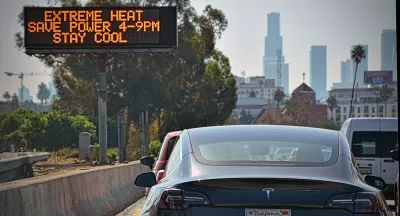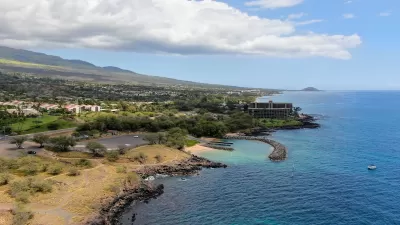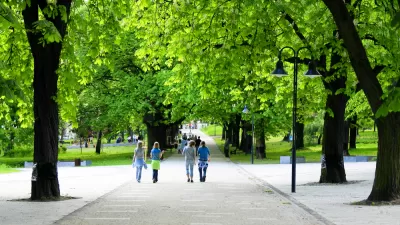By 2050, climate change will have the biggest negative impact on urban areas located in the Sun Belt.

Online insurance marketplace Policygenius evaluated the 50 largest U.S. cities to determine which will be most and least impacted by climate change by 2050. The factors analyzed included heat and humidity, flooding and sea level rise, air quality, and frequency of natural disasters such as hurricanes, tornadoes, wildfires, social vulnerability, and community resilience.
Least Impacted
- San Francisco, California
- Seattle, Washington
- Columbus, Ohio
- Minneapolis, Minnesota
- Baltimore, Maryland
- Milwaukee, Wisconsin
- Portland, Oregon
- Pittsburgh, Pennsylvania
- Richmond, Virginia
- Denver, Colorado
Most Impacted
- Houson, Texas
- Miami, Florida
- Tampa, Florida
- Jacksonville, Florida
- Orlando, Florida
- New Orleans, Louisiana
- Los Angeles, California
- Memphis, Tennessee
- Riverside, California
- Virginia Beach, Virginia
Of the cities ranked most at risk, all are located in the Sunbelt, which often tops lists of the best places to move or retire. Eight of those are located in the South, which was the only region that drew net new residents from other states in 2023, according to data from the U.S. Census Bureau. Experts are concerned this trend will leave an increasing number of people, particularly Black communities and communities of color, vulnerable to the negative impacts of climate change.
FULL STORY: Best & worst cities for climate change

Alabama: Trump Terminates Settlements for Black Communities Harmed By Raw Sewage
Trump deemed the landmark civil rights agreement “illegal DEI and environmental justice policy.”

Planetizen Federal Action Tracker
A weekly monitor of how Trump’s orders and actions are impacting planners and planning in America.

The 120 Year Old Tiny Home Villages That Sheltered San Francisco’s Earthquake Refugees
More than a century ago, San Francisco mobilized to house thousands of residents displaced by the 1906 earthquake. Could their strategy offer a model for the present?

LA’s Tree Emergency Goes Beyond Vandalism
After a vandal destroyed dozens of downtown LA trees, Mayor Karen Bass vowed to replace them. Days later, she slashed the city’s tree budget.

Sacramento Leads Nation With Bus-Mounted Bike Lane Enforcement Cameras
The city is the first to use its bus-mounted traffic enforcement system to cite drivers who park or drive in bike lanes.

Seattle Voters Approve Social Housing Referendum
Voters approved a corporate tax to fund the city’s housing authority despite an opposition campaign funded by Amazon and Microsoft.
Urban Design for Planners 1: Software Tools
This six-course series explores essential urban design concepts using open source software and equips planners with the tools they need to participate fully in the urban design process.
Planning for Universal Design
Learn the tools for implementing Universal Design in planning regulations.
Ada County Highway District
Clanton & Associates, Inc.
Jessamine County Fiscal Court
Institute for Housing and Urban Development Studies (IHS)
City of Grandview
Harvard GSD Executive Education
Toledo-Lucas County Plan Commissions
Salt Lake City
NYU Wagner Graduate School of Public Service





























